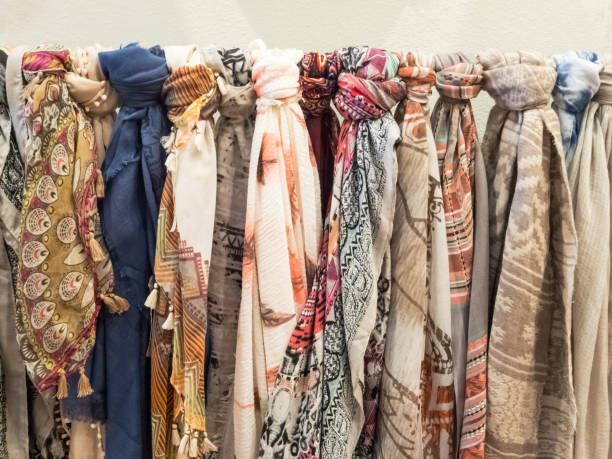Cleaning antique linens and clothing requires special care and attention to preserve their delicate fabric and intricate designs. In this article, we will explore effective methods and best practices to ensure these heirloom pieces remain in pristine condition for years to come.
Understanding The Fabric Type

Before you begin the cleaning process, it’s crucial to understand the type of fabric you are dealing with. Antique linens and clothing are often made from cotton, linen, silk, or wool, each requiring unique care methods. For example, cotton and linen can generally handle more robust cleaning processes, while silk and wool are far more delicate and need gentler care. Identifying the fabric type will help you choose the appropriate cleaning solution and technique to avoid damage.
Pre-treating Stains
Stains on antique linings and clothing require careful pre-treatment. Start by gently brushing away any loose dirt or debris. Next, create a simple mixture of water and a mild detergent or white vinegar. Use a soft cloth or sponge to dab the stained area gently; never rub, as this can further embed the stain into the fabric. Allow the pre-treatment to sit for a few minutes before rinsing with cool water.
Hand Washing Delicate Fabrics
Hand washing is often the best method for cleaning antique fabrics. Fill a basin with lukewarm water and add a gentle fabric cleaner, specifically formulated for delicate materials. Submerge the item and gently agitate the water with your hands to allow the cleaning solution to penetrate the fabric. Do not wring or twist the item; instead, press out excess water by rolling the fabric in a clean, absorbent towel. This ensures the fibers are not stretched or damaged in the process.
Drying Methods
Proper drying techniques are essential to maintain the integrity of antique fabrics. Lay the cleaned item flat on a clean, dry towel in a well-ventilated area away from direct sunlight. Sunlight can cause fading or damage to delicate fabrics. Another effective method is to use a drying rack that allows air to circulate around the item. Avoid using clothes dryers, as the heat can be too harsh on antique textiles.
Storing Antique Linens and Clothing
Proper storage is key to preserving antique linens and clothing. After they have been thoroughly cleaned and dried, store them in a cool, dry place. Use acid-free tissue paper to wrap each item individually, which helps to retain their shape and prevents yellowing or deterioration. Store these wrapped items in breathable fabric covers or acid-free boxes to protect them from dust and environmental damage. Avoid plastic storage, as it can trap moisture and lead to mold or mildew.
- Understand fabric type before cleaning.
- Pre-treat stains gently with mild solutions.
- Hand wash delicate fabrics in lukewarm water.
- Lay items flat to dry in shaded, ventilated areas.
- Store in breathable covers or acid-free boxes.
Conclusion
Caring for antique linens and clothing may be a meticulous process, but it is well worth the effort to preserve these valuable heirlooms. By understanding the proper cleaning and storage techniques, you can maintain the beauty and integrity of these antique textiles for generations to come.
FAQs
1. Can I use bleach on antique linens?
No, bleach is too harsh and can cause irreversible damage to delicate antique fabrics. Stick to mild, gentle cleaners designed for delicate textiles.
2. How often should I clean antique linens?
Antique linens should only be cleaned when absolutely necessary to prevent weaking the fabric. Spot clean for minor stains and deep clean infrequently.
3. Can I use a washing machine on the gentle cycle?
It is better to hand wash antique linens to maintain their integrity. Washing machines, even on a gentle cycle, can be too rough and cause damage.
4. How do I remove mold or mildew from antique fabrics?
For mold or mildew, soak the affected area in a solution of water and a small amount of white vinegar. Rinse thoroughly and allow to air dry in a well-ventilated area.
5. Is it safe to iron antique linens?
Not typically. If absolutely necessary, use the lowest heat setting possible and place a clean cloth over the fabric to avoid direct heat contact. However, ironing can often cause more harm than good.

